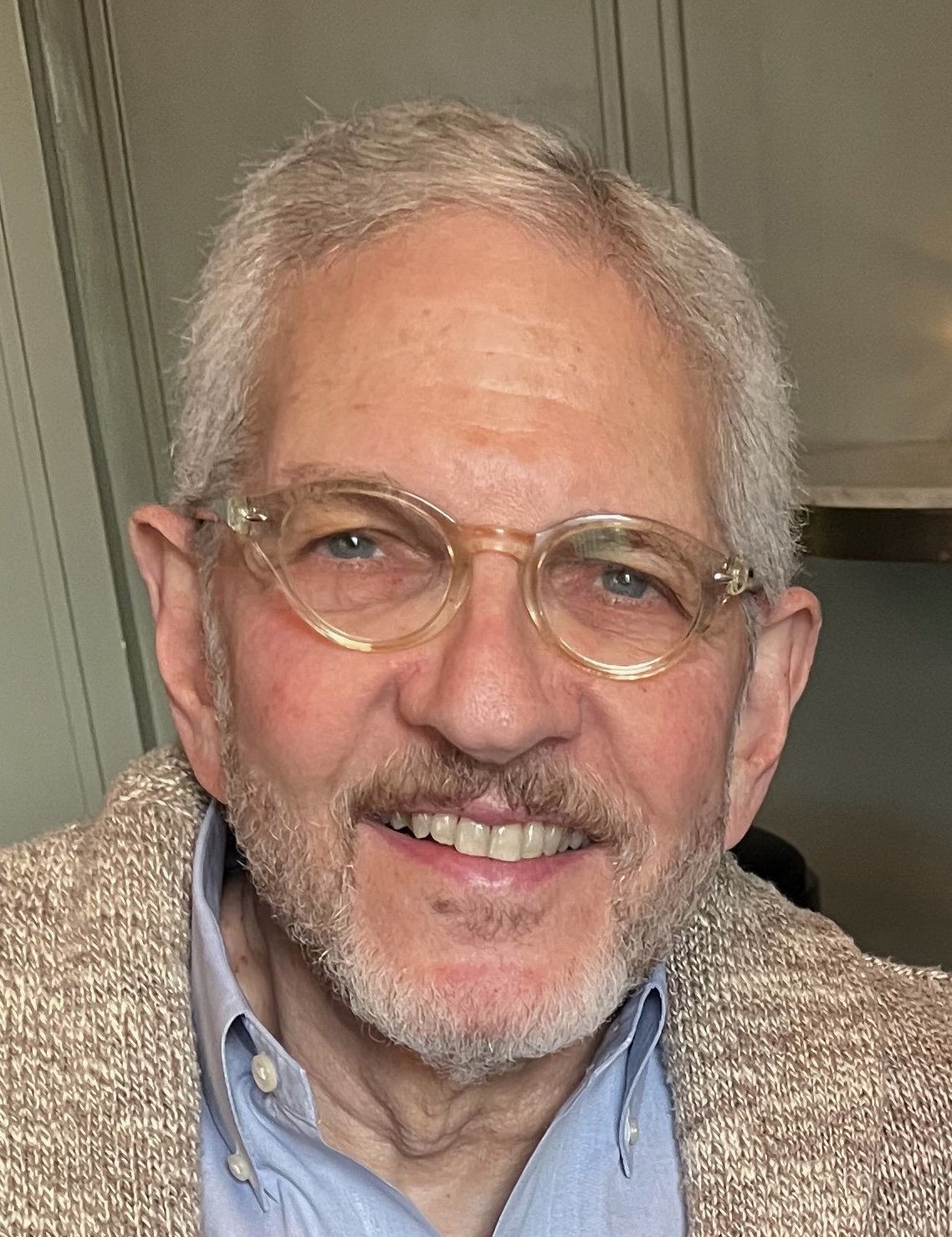“At a time when scientists and scientific research are already being criticised by persons who identify science with technology and who deplore some of the consequences of technology, dishonesty among scientists causes unease among scientists themselves and regretful or gleeful misgivings among publicists who are critical of science.“
Daryl Chubin wrote that in 1985 — a time when institutions we now take for granted, like the U.S. Office of Research Integrity, did not yet exist. We asked him to reflect on what has happened in the intervening four decades.
The phrase “misconduct in research” today is a quaint reminder of how much science has been captured by for-profit, politicized, international interests. As a four-decades-removed social researcher of misconduct, I marvel at how an investigation industry has emerged to monitor, analyze, report and decry the mischief around us. This “watcher community” represents an industry in an era of science most of us never envisioned.
In the days before the Office of Research Integrity, many accused researchers and their academic institutions were grasping for an accountability structure that was fair to all parties — adhering to due process – and swift in its resolutions. Good luck! Today, the headlines in Retraction Watch reflect a publishing industry seemingly under siege—awash in retractions, plagiarism, AI mischief, undeclared conflicts of interest, whistleblowing, and a subset of ills that are dizzying and disconcerting to degrees never seen before.
Retraction Watch monitors an industry ever more self-conscious about misdeeds in research, from analysis to interpretation to reporting. By setting the threshold low, it focuses on misdeeds that may be rare in a particular field, but substantial when aggregated across fields. Yes, there is a risk of overgeneralizing from statistical anomalies, but readers care about violations that sully “their” field.
Continue reading Reflecting on research misconduct: What’s next for the watcher community?